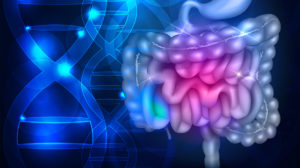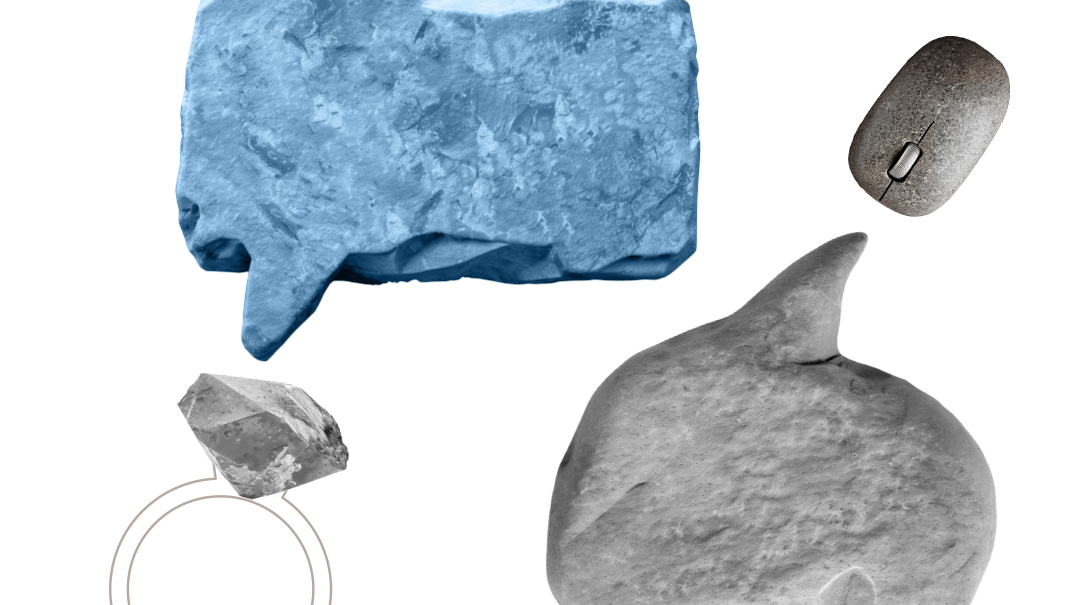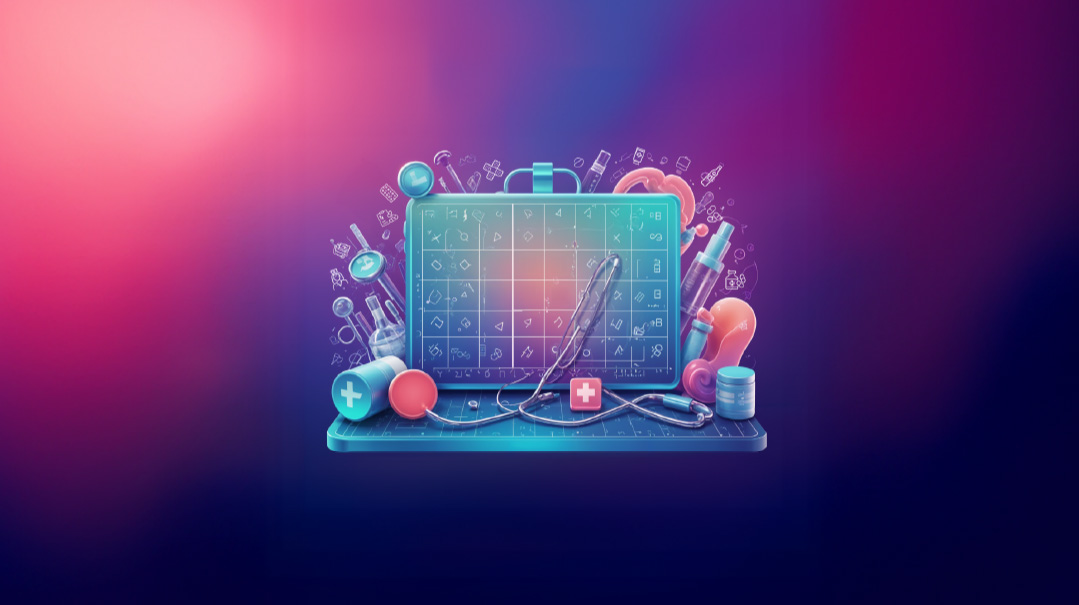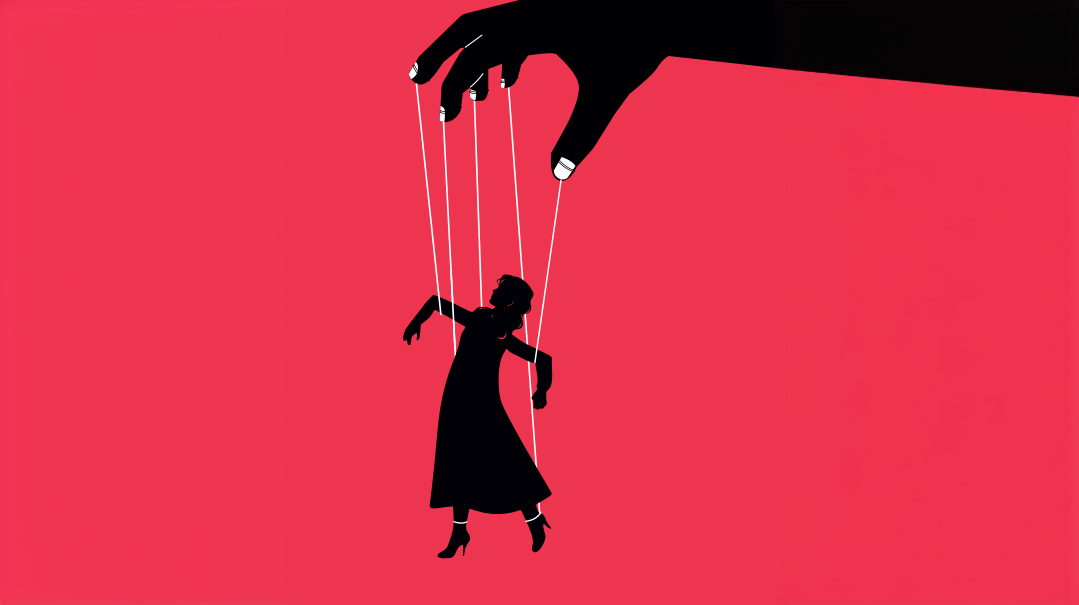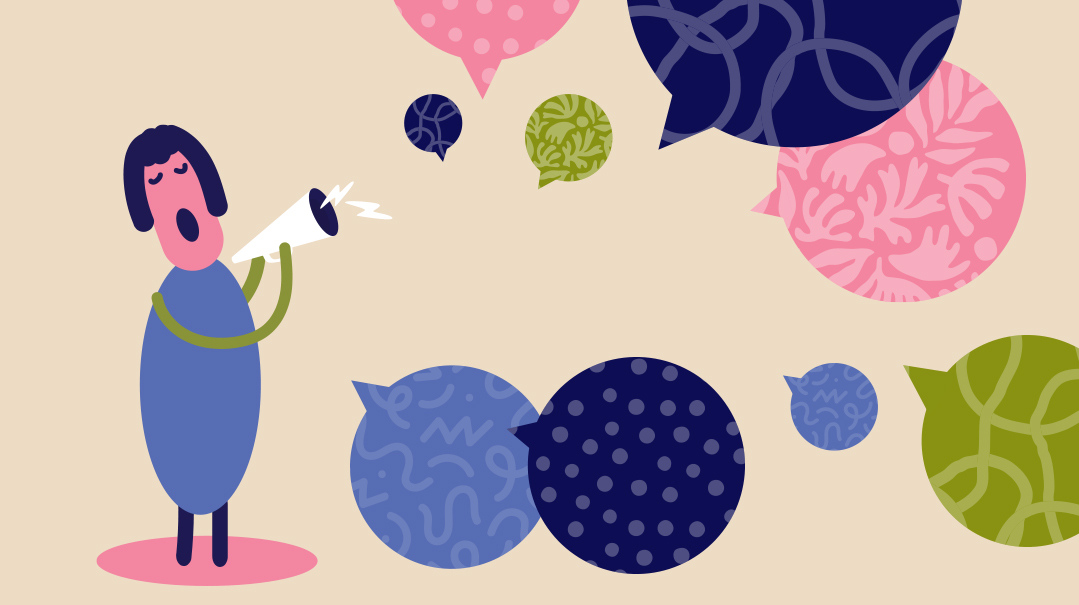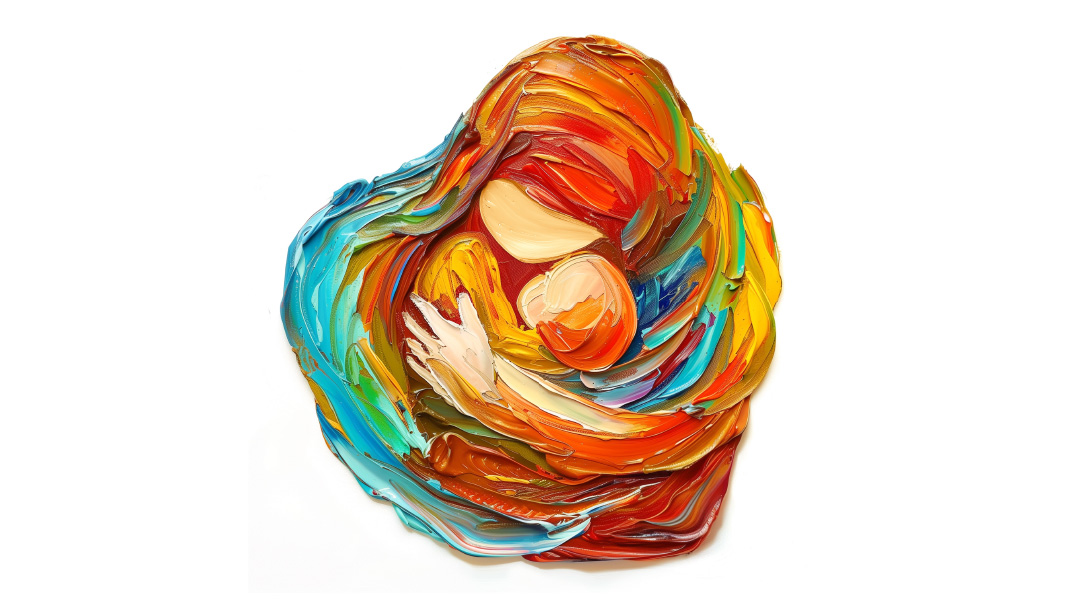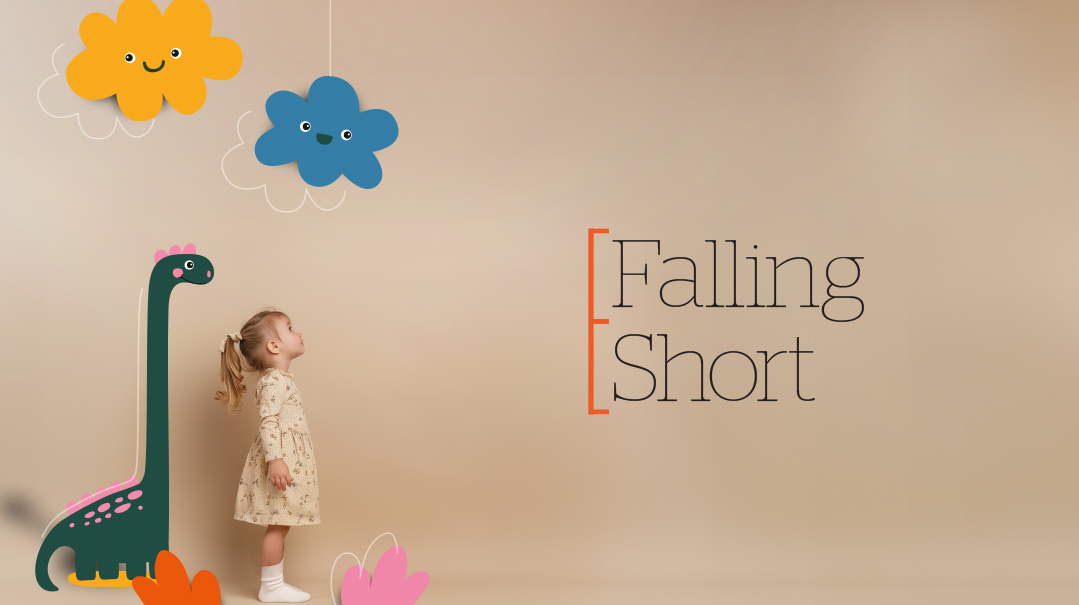The Migraine Experiment
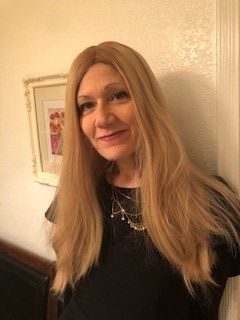
I decided to try out new migraine remedies, without resorting to heavy meds or invasive techniques. Here’s what worked for me — and what might work for you
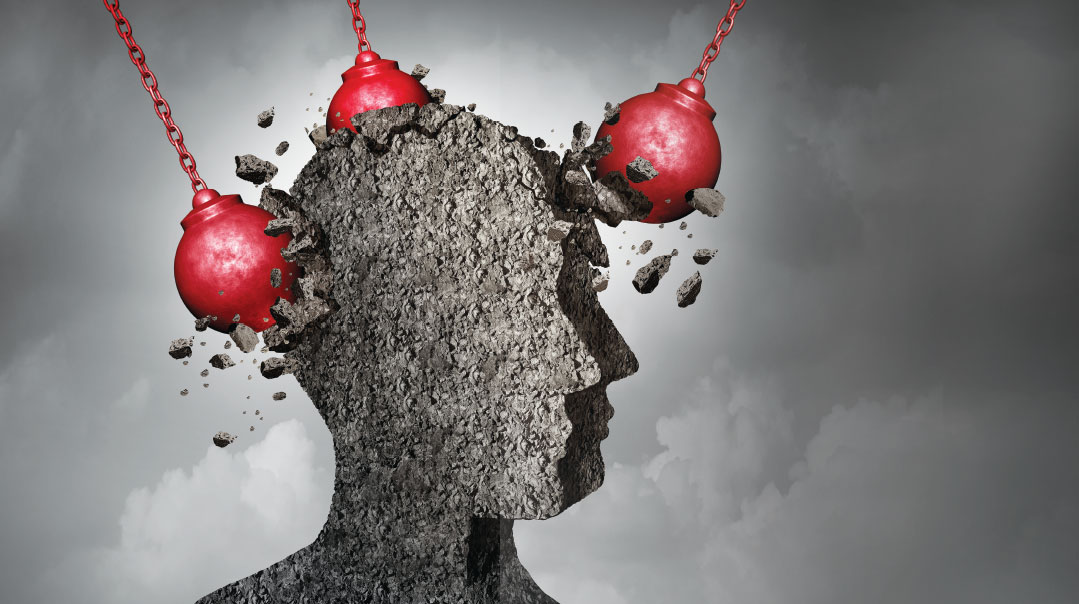
I used to believe that only Excedrin, my bed, a heating pad, and a dark room could get me through the nauseating, dizzying, and pounding pain of a migraine.
After missing yet another event or obligation because of a migraine attack, I’d listen politely as my well-meaning friends shared their sometimes unusual-sounding tips to prevent and treat headaches, but I never considered trying them. I doubted they’d work.
But after a particularly debilitating migraine that lasted for four days, I started to listen more closely when people gave me their homegrown remedies.
There are, of course, pharmaceutical or invasive ways to minimize or prevent the pain of a migraine (see sidebar). But these fixes are usually doled out to people with chronic migraines, defined as 15 or more a month. Because my migraines are thankfully sporadic, I was more interested in non-pharmaceutical, low-risk interventions.
I started culling tips from all the advice givers around me — especially women, who are three times more likely to suffer from headaches than men. I also spoke to several medical experts to see whether they could confirm or debunk the techniques people shared with me. Here’s what I learned — and what worked for me.
Identifying Your Trigger
A long list of potential triggers can cause migraines: stress, depression, anxiety, insufficient sleep, excessive physical exertion, hormonal changes, medications, food additives, caffeine, alcohol, and more. Seemingly innocuous things like bright lights, strong smells, and abrupt changes in weather can also bring on migraines.
The challenge for migraine sufferers is to figure out what their particular triggers are. A good way to tease out exactly which factors bring about one’s migraines is to keep a detailed lifestyle diary, advises Carolyn Bernstein, MD, an assistant professor of neurology at Harvard Medical School and staff neurologist at Cambridge Health Alliance in Cambridge, MA.
The more thorough the diary, the better. Dr. Bernstein, who wrote The Migraine Brain, explains that one’s diary should include all medications, bedtimes, wake times, exposure to excessively bright sunlight or fluorescent lighting at home and at work, amount and types of exercise, strong smells (such as air fresheners, perfume, flowers), strong chemicals (cleaning fluids, bleach, or formaldehyde), foods (processed, sugary, or other non-healthy foods), drinks (red wine, caffeine, phosphoric acid in brown sodas), repeated exposure to noise, emotional stress, changes in humidity/barometric pressure, jaw grinding at night, dust inhalation, and stages of hormonal cycles. Once the triggers are identified, the next step is eliminating exposure to them.
As soon as I learned that the phosphoric acid and aspartame in brown sodas can trigger migraines, a loud, ringing alarm bell went off in my head. Since I was a kid, Diet Coke has been a “treat” that, in retrospect, I intuitively associated with headaches. I immediately saw a correlation between my diet soda consumption at Shabbos kiddushes and the start of headaches after shul.
Going cold turkey on Diet Coke has definitely helped me to reduce headaches, and after giving it up, I find that I don’t even want it, as I now associate the drink with headache pain (and bloating).
By keeping a diary for just a few days, I discovered that going to bed past midnight is a migraine trigger for me. One helpful tool I now use is a “bedtime chime” on my phone that reminds me to get into bed and unwind with a book 30 minutes before my planned bedtime.
For me, bright sunlight is a trigger, which is hard to avoid when you live in California. I try to stay inside or in the shade, but when I have to brave super sunny L.A. days, I wear dark sunglasses and sunhats over my sheitel.
Another trigger is my manic cooking and cleaning on Erev Shabbos. I wish I could say I started making my Shabbos preparations earlier in the week to avoid that run-over-by-a-train feeling, but in truth, I’ve merely delegated more jobs to my teenage daughters, who are happy to help. Instead of fighting nausea and nursing a pounding head as Shabbos comes in, I now come to the Shabbos table with an appetite and a cheerful, peaceful attitude.
Caffeine — Culprit or Cure?
The fascinating thing about migraines is that what will diminish one person’s pain will exacerbate another’s pain. For instance, although many women claim that coffee treats their headaches, just as many women say that coffee causes their headaches. I, for one, have found that the more coffee I drink, the more susceptible I am to headaches later in the day or the next morning.
Even for those who rely on caffeine to stave off migraines, java is not a perfect cure. Caffeine is so addictive that if it’s not taken at the exact same time each day, a migraine can potentially flare.
A better alternative to a strong cup of coffee, says nutritionist Deborah Klein, MS, RD, is green tea mixed with mint. I’ve personally found that dramatically decreasing my coffee intake to almost none and drinking only black tea (I prefer it over green tea) causes fewer headaches, less sleeplessness, and less severe withdrawal symptoms on especially busy mornings or fast days.
The Magnesium Fix
Fifty percent of people who get migraines are magnesium deficient, says Klein, who wrote The 200 Super Foods That Will Save Your Life. As a result, migraine sufferers sometimes include magnesium-rich foods in their diet, such as dark chocolate, avocados, nut butters, spinach, brown rice, and tofu. Doctors say, however, that the amount of magnesium in food would probably not have the same benefit of preventing migraines as magnesium supplements seem to do.
Christina Adberg, MD, MPH, who practices medicine in L.A., takes 400mg of magnesium glycinate a day. She recommended the same dosage to her college-age daughter when she got migraines, and recommended the same for me. Klein recommends an even higher dose, of up to 1000mg of glycinate per day. I started the 400mg dosage and, so far, they seem to be reducing the frequency of my headaches.
Dr. Adberg also recommends an over-the-counter vitamin supplement called Migrelief that contains magnesium citrate and magnesium oxide plus riboflavin and the herbal ingredient Feverfew.
Relieving Congestion
Another potentially overlooked trigger of migraines could be sinus congestion. Dr. Adberg points out that sinus irrigators, such as the Neti-pot or the NeilMed, can help clear nasal passages and remove headache triggers. Inhaling steam with eucalyptus oil and Sudafed are other ways to treat sinus congestion.
Hot or Cold?
My go-to for migraine pain is a warm heating pad, and I always wondered why it’s so effective. Dr. Adberg explains that, in addition to the comfort of warm temperatures, heating pads (and electric blankets) might help relieve headaches by affecting the dilation of the blood vessels and bringing more blood to any needed areas. Maybe this explains why hot showers and warm baths also have comforting and pain-relieving effects.
Some women, however, find that cooler temperatures provide more relief. Sivan Tuchman, a mother of five young children in Los Angeles, has suffered from headaches since she was a teenager. She keeps a stash of “BeKool” patches in her house. These soft gel patches, which she places on her forehead, give instant cooling relief. Other “cold therapy” products include eye masks, face masks, and headwraps that can be cooled in freezers.
Some researchers tout the use of “cold caps,” which are designed to cool the scalp. In a 2006 study on cold caps, published in the journal “Evidence-Based Complementary Alternative Medicine,” the study authors posited that cold sensations overwhelm and block transmission of pain stimuli into the cerebral cortex. “Ice reduces the release of substances, such as histamines and enzymes that stimulate nerve endings,” the authors wrote.
Some fellow migraineurs like to take cool or cold showers. I prefer running cool water over my feet, or putting a cold cloth behind my neck, behind my ears, and on my wrists. Cold water and ice treatments may work by numbing pain or reducing muscle contraction.
Massaging Away Pain
Any migraineur will tell you how effective massages are for diminishing pain, whether it be on the shoulder, neck, feet, toes, arms, hands, or head.
But there might be an even better way to relieve suffering. The Journal of Traditional Chinese Medicine published a study in April 2017 showing statistical significance in the decrease of the intensity, frequency, and duration of migraines after the use of foot reflexology versus basic massage.
I was curious to see how it works, so a few months ago, after several days of headache pain, I visited a reflexologist and doula named Shoshana Rieber, who also happens to be my neighbor. She explained that she relieves blockages in points in the ears, hands, and feet that correspond to other parts of the body.
As Shoshana spoke, she took my hand and gently but firmly applied pressure to show me how her practice works. I instantly felt tension draining from my body.
I was intrigued enough to schedule an official appointment. In a pretty room with windows, Shoshana set up a comfortable bed for me, with pillows to elevate my feet. As Shoshana skillfully applied pressure to the perimeter and arches of my feet, one foot at a time, I felt my face and chest relax, my head release tension, and pain melt away.
Shoshana explained that when migraine symptoms start, people can easily perform reflexology techniques on themselves. For instance, an easy technique people can do is to gently pinch the skin in between one’s thumb and forefinger and apply pressure to the cartilage between the bones of the fingers. It works so well that I now use this trick on myself in waiting rooms, carpool lines, and other stressful, headache-inducing places and situations.
Acupressure is also known to treat migraines. Shoshana explained that people can apply acupressure to themselves to ward off the nausea that usually accompanies extreme headaches by finding a pressure point on the chest. To find the nausea-combatting pressure point, you use one hand to touch both clavicles, and then let your hands slide down diagonally until the breast bone ends. Applying pressure to the cartilage wedged under the breast bone can reduce nausea on some patients. I tried this technique at a later date to relieve nausea, and unfortunately, I didn’t have much success, but perhaps I was doing it wrong, or it just doesn’t work on me. Dr. Adberg adds that acupressure, acupuncture, and massage can all help reduce stress hormones, which cause headaches.
What if you don’t have the funds to seek professional treatment? Other relaxation techniques, such as moderate cardiovascular exercise, weight-training, yoga, and meditation can work just as well, says Dr. Adberg.
Great Sensations
Like many people who get headaches, I hold my head to relieve pressure. While looking for products to help with migraine attacks, I noticed fleece-covered eye-masks, with weighted small plastic beads that touch key relaxation pressure points. I thought the sensation of weight on my head and face might help to diminish migraine pain and save me from holding my head, so I can just relax with my hands by my sides. I ordered one of the inexpensive eye-masks and found that it nicely relieves pain when I’m lying down during a migraine. Dr. Adberg mentioned another gadget, an electrical stimulator called Cefaly Dual, that some patients use on their foreheads.
Aromatherapy
Lavender or peppermint oil are apparently known to promote relaxation and combat headaches, whether in baths, through a diffuser, or just smelling the oil in a bottle.
Other headache sufferers I spoke with suggested using eucalyptus oil or any appealing essential oil to massage the shoulders, forehead, neck, and temples. Tuchman uses a peppermint/eucalyptus essential oil roller on her temples, forehead, and back of her neck to stave off headaches when she feels them first coming on. “It’s amazing,” says Tuchman, who recommends the “Halo Roller” made by Saje. Shoshana added that putting a drop of nice-smelling oil on one’s weighted eye mask can enhance its effect.
When I asked Dr. Adberg about aromatherapy, she said that while she didn’t have proof that it worked, she thought it was probably pleasant, possibly helpful, inexpensive, and harmless.
Making Adjustments
One cause of migraines, says Daniel M. Rudé, DC, an L.A. chiropractor, is the need for chiropractic adjustments. “Bad posture or the habit of excessively looking down at phones can cause some people’s necks to push their heads forward,” Dr. Rudé says.
“Our heads weigh ten to twelve pounds. If one’s neck is pushed out too forward, the spine cannot effectively carry the weight of the head, and the head and neck muscles must compensate for the load.” Ideally, the ears should sit directly above the shoulders.
“Some patients need a series of chiropractic alignments to relieve their headaches, but I’ve had patients who said their headaches went away during their first chiropractic sessions,” says Dr. Rudé.
Exposing Anger
Another overlooked migraine trigger can be unexpressed anger. Some women I spoke with said that they were helped by the book The Mindbody Prescription, in which John E. Sarno, MD, writes that migraine pain can be the result of repressed anger that patients should honestly confront.
But it’s not so simple. Psychologist Cheryl Feldmann, PhD, says that while it’s well known that stress can intensify any physical symptoms, emotional pain does not play a part in all physical pain.
Still, emotional health is always good for stress reduction. One woman I spoke with said that she turns to Hashem to help her cope: “I go to sleep and daven for relief in the morning.” For me, saying Tehillim always has a soothing and relaxing effect, whether I’m suffering physically, emotionally, or spiritually.
Developing Healthy Habits
Regardless of individual triggers, all migraineurs should try to maintain healthy, regular, detoxified lifestyles.
That starts with sleep. Regular bedtimes, wake-up times, and adequate sleep (seven to eight hours a night) are key parts of preventing migraines. Sipping water throughout the day — for a total of eight to ten glasses — is also crucial for preventing headaches.
Migraineurs should never skip meals and should cultivate the habit of eating small to moderate-sized regular meals of nutritious foods that are not processed in any way and that are free of excess sugars, chemicals, nitrites, and sulfites.
Regular exercise, says Klein, can help to relieve both the physical and emotional stress that can cause tense muscles and headaches. Dr. Rudé stresses the importance of exercises that improve one’s posture, such as anything that strengthens the upper legs (including walking, biking, or using elliptical machines). He specifically suggested an exercise that can help improve posture: Get down on all fours, and then alternate lifting opposite arms and legs at the same time.
Dr. Klein emphasizes that breathing properly from one’s diaphragm can help the body manage pain. Throughout the day, she says, people should practice properly oxygenating themselves by breathing in slowly and deeply through one’s nose, while slightly pushing out one’s stomach, and then breathing out through the mouth.
Shoshana agrees that many people simply do not breathe deeply enough. Just taking the time to oxygenate by breathing slowly and deeply can relieve many physical aches and pains. “And air is free,” she quips.
Now when I feel headaches coming on, I try to sit down, close my eyes, and concentrate on breathing in and out, all while thinking about how I’m inhaling the rich and beneficial oxygen that is so crucial to my health. I’ve found pain relief just by slowly and methodically breathing more deeply.
“So much of what goes on in our bodies has to do with stress,” Shoshana says. “We need to teach ourselves how to slow down, drop into the present moment, and just let ourselves feel.” She advises women to practice deep breathing by closing their eyes, picturing themselves at the ocean, and “listening” to the waves.
“Our bodies always want to return to health,” Shoshana says, “so when we’re able to help our bodies relax, we often can heal our own pain.”
Medical Relief For Chronic Migraines
For people with chronic migraines, natural remedies can be helpful. But prescription drugs, such as the new calcitonin gene-related peptide (CGRP) receptor antagonists, Imitrix, and Topomax, can sometimes work miracles. The many migraine drugs out there are split into two categories: abortive (to stop pain in its tracks) and preventative. You can also find a sea of drugs designed to treat secondary symptoms, such as nausea.
Doctors can relieve migraine pain for months by injecting Botox directly into the muscles where migraine sufferers report pain. Holly Hazen, author of the Migraine Savvy website, reports that the efficacy of Botox injections for migraine treatment improves with additional treatments. Also, nerve block injections that anesthetize parts of patients’ heads have given relief to migraine sufferers.
For those who are needle-averse, Dr. Adberg describes a patient who reported success with a SphenoCath, a medical device that delivers anesthetic through the nasal cavity to the sphenopalatine ganglion, which is a collection of nerve cells under the tissue that lines the back of the nose and controls face and head pain.
Medical input is especially important because new research shows that migraine sufferers may have increased risks of coronary heart disease and strokes, says Dr. Bernstein. Women who suffer from migraines are advised to notify their primary care physicians and ask for referrals to headache specialists, who can help patients navigate the maze of migraine medications.
(Originally featured in Family First, Issue 669)
Oops! We could not locate your form.



